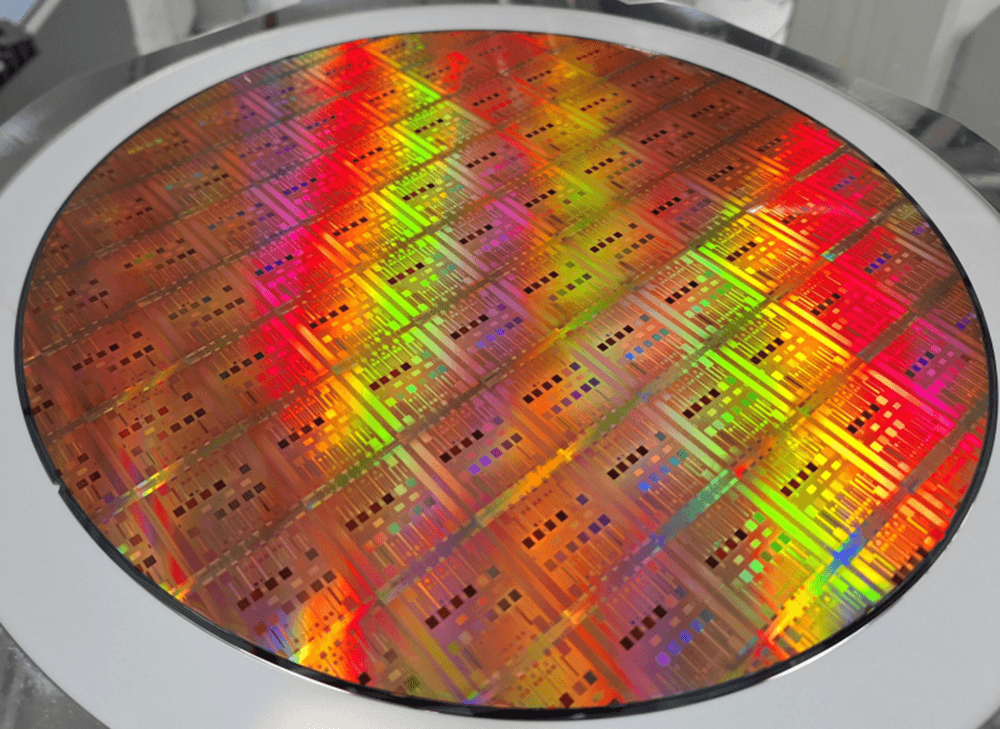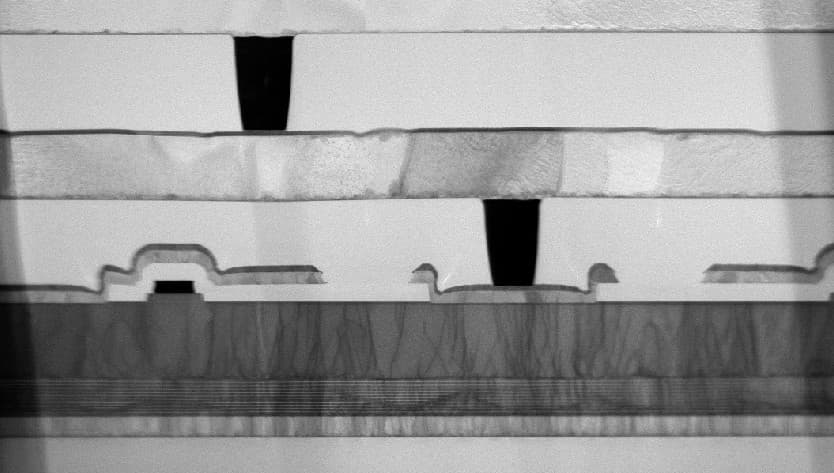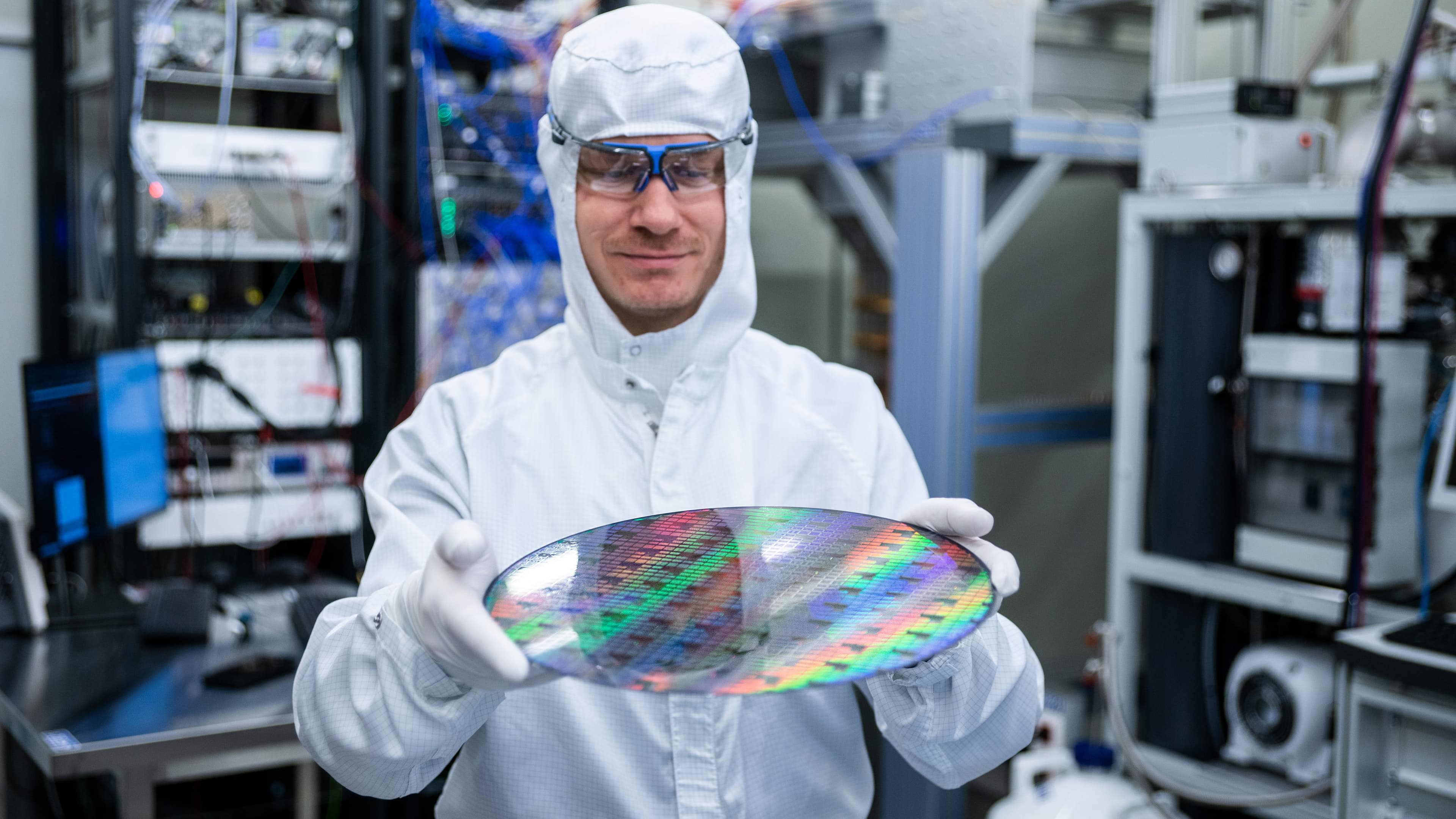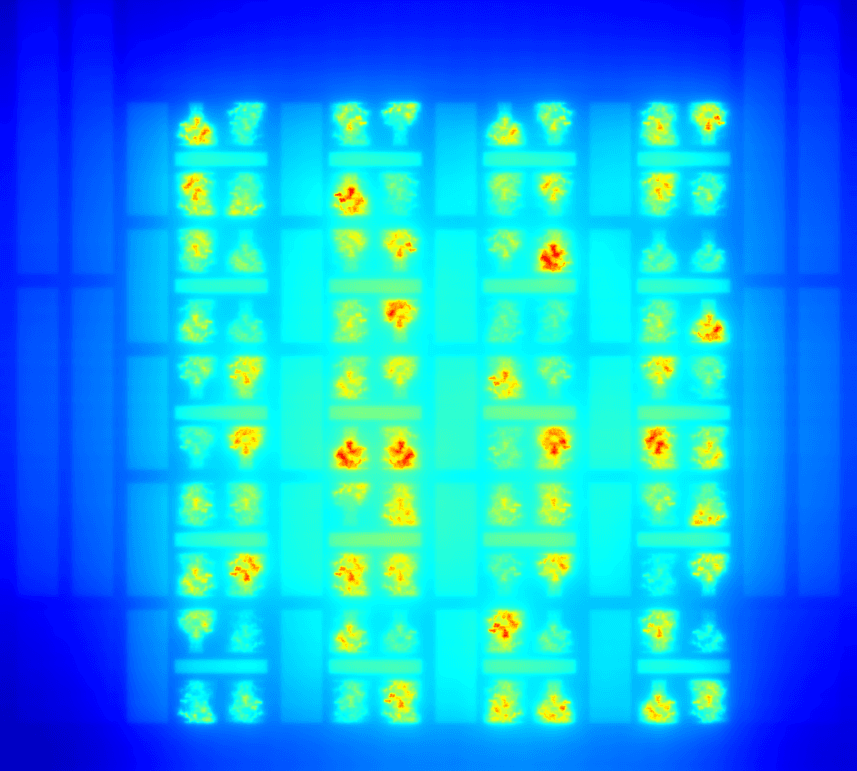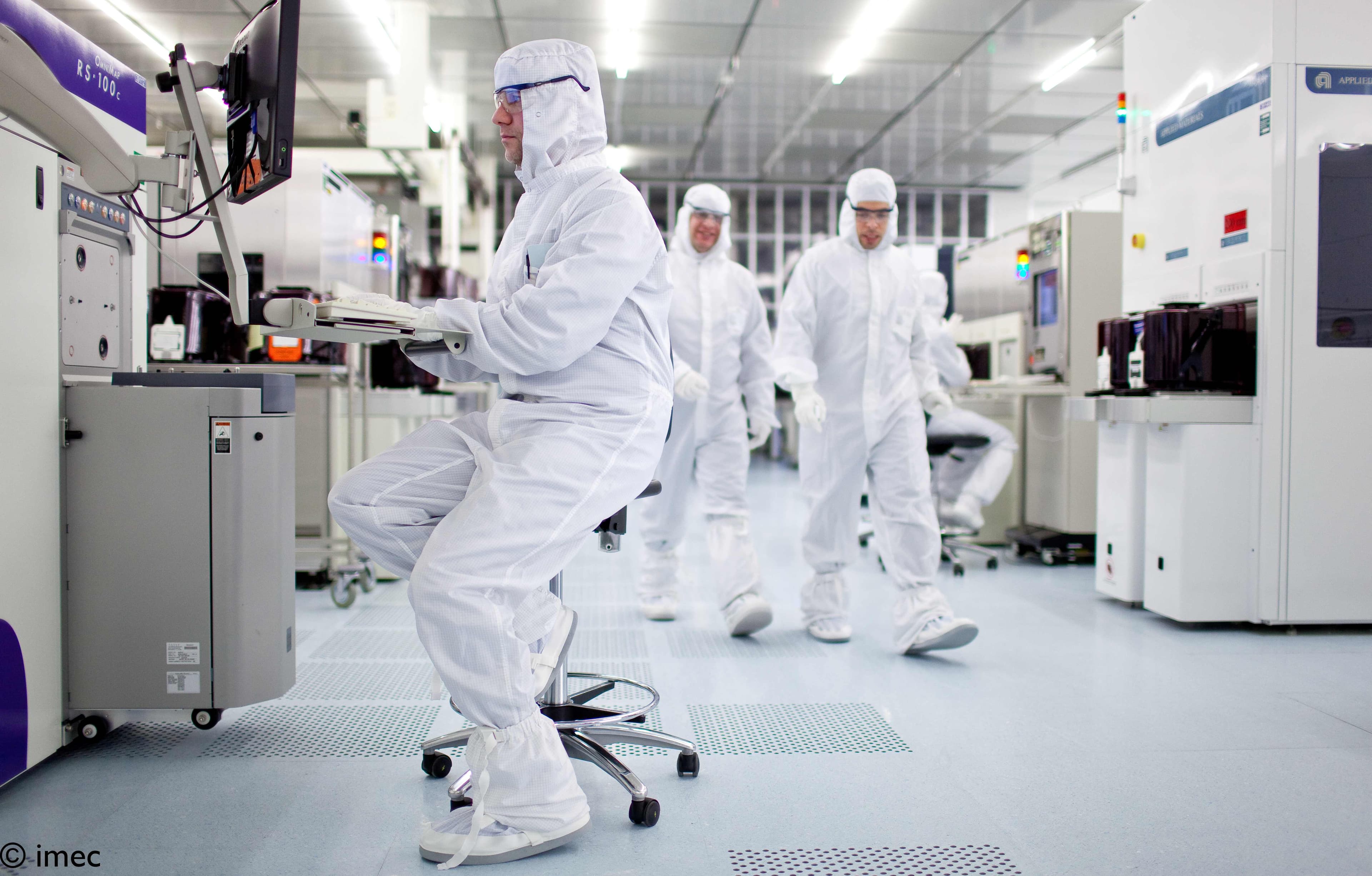
SeizeIT
SeizeIT wearable seizure detection equipment aims to give epilepsy patients more control over their daily lives
Technological innovation is at the forefront of a drive towards individualization of care in epilepsy – an integral element in improving the experience of people with epilepsy and hopefully improving their day to day lives.
A multidisciplinary consortium of experts from industry and academia is seeking to develop an adaptive, non-invasive system for the real-time detection and quantification of seizure activity, allowing for better follow-up and individualized treatment plans. This system aims to incorporate the synchronized combination of brain and cardiorespiratory activity sensing, vastly improving performance compared to current available solutions.
A discrete solution that combines brain activity measurement with additional body metrics
Currently available devices for seizure detection in epilepsy patients fall short in effectiveness, specificity and non-invasiveness. Equipment that measures brain activity to detect seizures effectively is often obtrusive, and solutions that use other signals such as accelerometry or heart rate alone are often not sensitive enough to provide useful insight into seizure activity patterns. The SeizeIT project will combine these techniques with software that allows for adaptive, patient-specific detection in an ergonomic package.
Challenges of accurately detecting different types of seizures
Epileptic syndromes and seizures are very heterogeneous and may show various symptoms. Most generalized seizures cause involuntary movements that are obvious and easily detected with an accelerometer, which can be worn hidden on the wrist or ankle. Differentiating these seizures from certain daily motor activities like tooth brushing based on accelerometry alone, such as is often done today, is prone to errors. Adding measurements like brain and cardiac activity will substantially improve their correct detection.
Other seizure types do not include clear movements, such as simple partial seizures (the large majority) and absence seizures (in a minority of the cases): those will be the focus of the project. Due to the lack of clear movements, these seizures cannot be detected using accelerometry, and can only be detected using brain activity. Including additional information like heart rate will improve the correctness of the detection.
Six objectives leading directly to a marketable solution for real world epilepsy patients
SeizeIT is a two-year Public Private Partnership project, funded by Flanders and Brussels. Working with a multidisciplinary group of partners with expertise in neurology, patient care, pharma, health tech and user-centric design, the consortium will tackle six objectives:
- Design of a wearable seizure detection system based on patient feedback
- System specification based on testing and validation in 200 epilepsy patients
- Integration of different relevant sensors into a low power device
- Individualized seizure detection algorithm development based on brain and cardiorespiratory activity
- Integrated prototype combining low power sensors, algorithms and ergonomic design
- Patient value creation know-how and business model
"SeizeIT aims to combine synchronized brain and cardiorespiratory data in an ergonomic design to accurately detect seizures in different types of epilepsy patients, giving them more control over their daily lives. "
SeizeIT
SeizeIT wearable seizure detection equipment aims to give epilepsy patients more control over their daily lives.
SeizeIT is an imec.icon research project funded by imec, Innoviris and Agentschap Innoveren & Ondernemen.
It started on 01.10.2016 and ran until 31.12.2018.
Project information
Industry
- Byteflies
- Pilipili Productontwerp
- UCB
Research
- imec - STADIUS - KU Leuven
- KU Leuven - Faculty of Medicine
Contact
- Project Lead: Gergely Vertes
- Research Lead: Borbála Hunyadi
- Innovation Manager: Eric Van der Hulst





